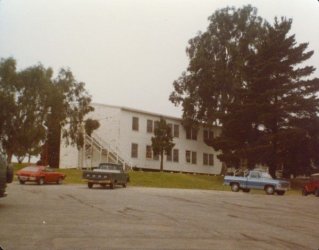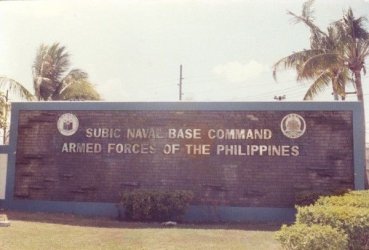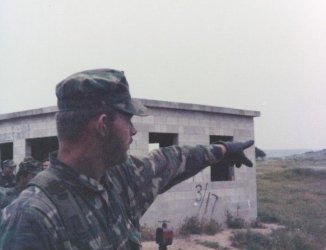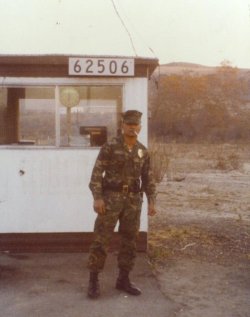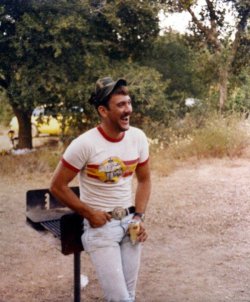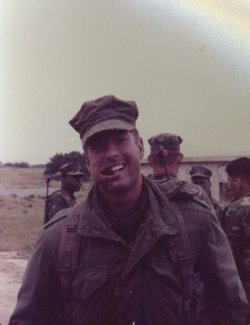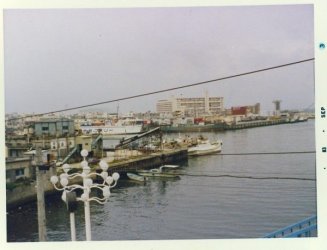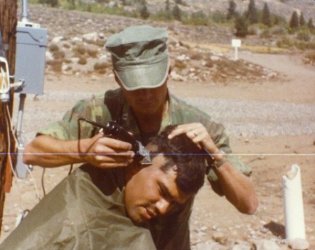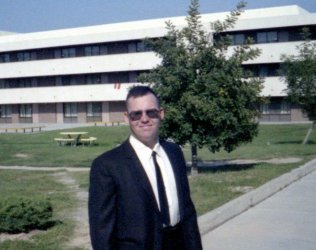Cool photos! My father also spoke very highly of his experience in the army, even though serving at wartime was not easy.
Bill, you might get a kick out of this. Check out this ROTC from William and Mary, 1949. One of the 13 men is my dad
 http://www.archive.org/stream/colonialecho194951coll/colonialecho194951coll_djvu.txt
http://www.archive.org/stream/colonialecho194951coll/colonialecho194951coll_djvu.txt
RESERVE OFFICERS TRAINING CORPS
Colonel Giles R. Carpenter, professor of military science and
tactics. Colonel Carpenter, a West Point graduate, commanded
artillery units of the famed 42nd (Rainbow) Division during World
War II and also was military commander of Salzburg, Austria
while serving v^^ith occupation forces.
One summer period of six weeks duration is required of seniors
in the course. William and Mary's first contingent to go to summer
ROTC camp was composed of thirteen men with previous wartime
service. The camp was held at Ft. Bragg, N. C, which is con-
sidered by Army men to have excellent facilities for training
artillery personnel. Other training included several spectacular
demonstrations ot airborne operations given by troops of the 82nd
Airborne Division. These included actual parachute jumps and
glider drops. Other demonstrations included anti-aircraft firing,
strafmg with rockets by F-Sl's of the Air Force and firing of
heavy artillery by the Army Field Forces Board. But summer
camp is not all just watching soldiers. The cadets along with
cadets of 25 other schools and colleges attending the session at
Ft. Bragg, received plenty of tough assignments. Besides being
in charge of firing problems they actually manhandled the how-
itzers. There were many tactical problems which the students had
to solve as if they were engaged in combat with an enemy. These
problems were culminated at the end of camp by a 26 hour exer-
cise in which the ROTC artillery battalions supported an "attack."
Week ends were free for the trainees and they made the most
of them. For those with transp'ortation there were the palmettos
of Myrtle Beach, S. C, and the breakers of Virginia Beach. Nearby
Wrightsville Beach claimed its share of ROTC visitors as well.
For those who v/ere limited to the post, there were the large
swimming club set aside by the Army for exclusive use of the
cadets and special parties at the Cadet Service Club and the Ft.
Bragg Officers Club.
Experiences during Summer Camp drew the thirteen William
and Mary men so close together that although several fraternities
were represented in the group the men formed the Centurion Club
to perpetuate their friendships and to foster interest in campus
ROTC affairs. The most notable achievement of the group was the
sponsoring of the Military Ball on March 19. The dance was open
to all ROTC cadets and college reserve officers.
This year the first group to complete the course successfully
will receive their commissions as second lieutenants in the Field
Artillery Reserve. This group includes: Cadet Captains Dudley
L. S. Woods, Jr., and Austin T. Flagg; Cadet First Lieutenants
Edward D. Brown, Jr., Edgar P. Roberts, Otis L. Garrison and
Arthur B. Thompson, Cadet Second Lieutenants Thomas Burl,
Winfred Huffman, Bruce MacClure, James Putman, Joseph Lonas,
Robert Gleason and Richard Slaughter.
